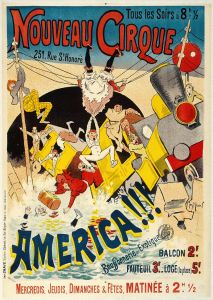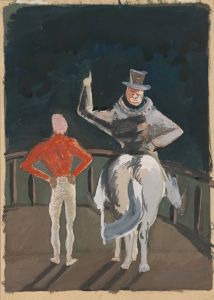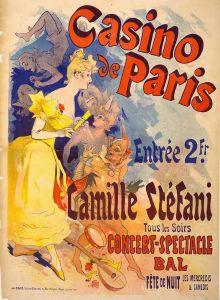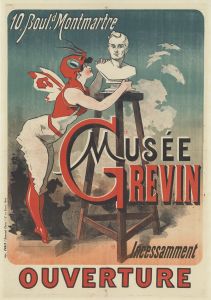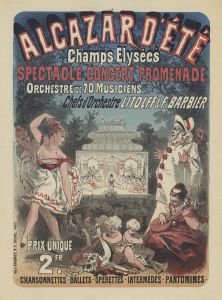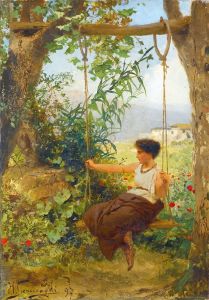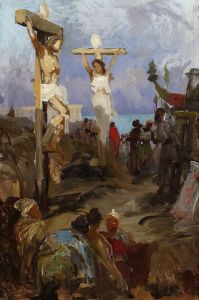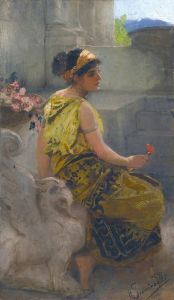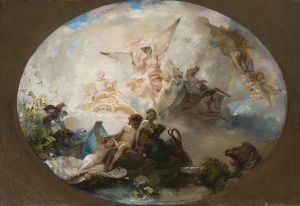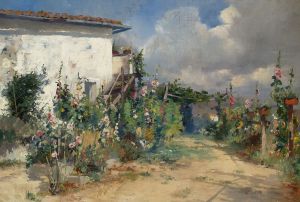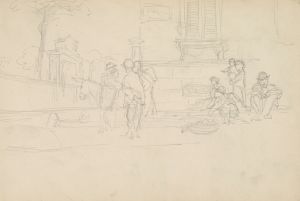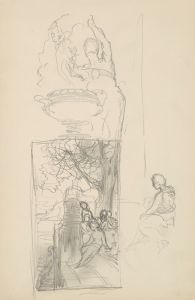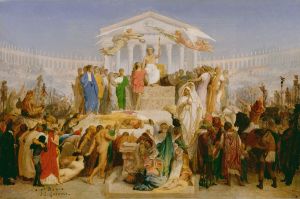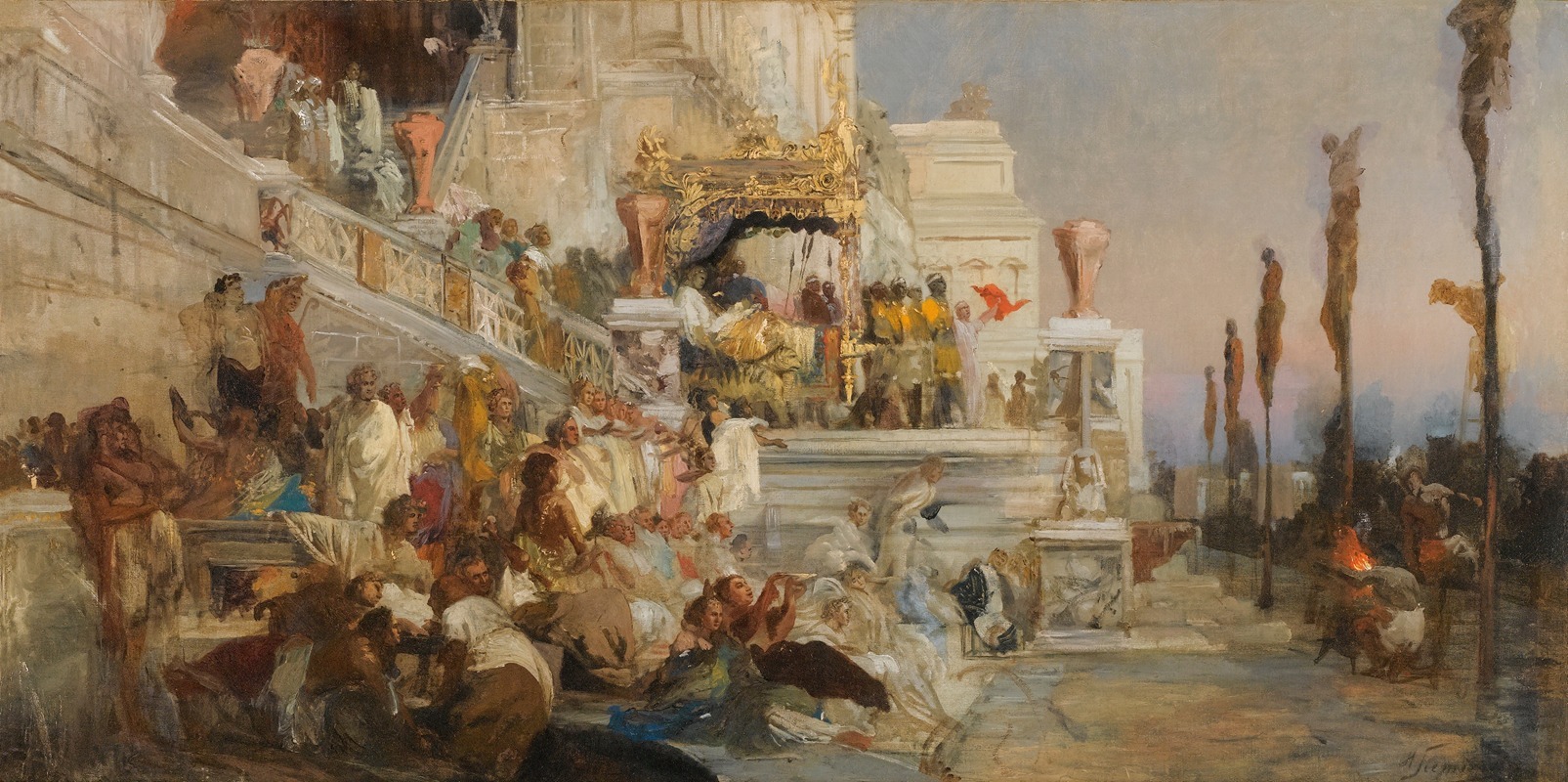
Study For The Torches Of Nero
A hand-painted replica of Henryk Siemiradzki’s masterpiece Study For The Torches Of Nero, meticulously crafted by professional artists to capture the true essence of the original. Each piece is created with museum-quality canvas and rare mineral pigments, carefully painted by experienced artists with delicate brushstrokes and rich, layered colors to perfectly recreate the texture of the original artwork. Unlike machine-printed reproductions, this hand-painted version brings the painting to life, infused with the artist’s emotions and skill in every stroke. Whether for personal collection or home decoration, it instantly elevates the artistic atmosphere of any space.
Henryk Siemiradzki's Study for The Torches of Nero is a preparatory work for his larger and more famous painting, The Torches of Nero (Pochodnie Nerona), completed in 1876. Siemiradzki, a Polish academic painter of the 19th century, is known for his large-scale historical and biblical scenes, often depicting moments of drama and moral reflection. His works are characterized by their meticulous attention to detail, vibrant use of color, and classical composition.
The study, like the final painting, is based on a historical episode described by the Roman historian Tacitus in his Annals. It portrays a gruesome spectacle during the reign of Emperor Nero (r. 54–68 CE), in which Christians were persecuted and executed in public. According to Tacitus, Nero blamed Christians for the Great Fire of Rome in 64 CE and subjected them to brutal punishments, including being burned alive to serve as "human torches" to illuminate his gardens at night. This event is one of the earliest recorded instances of Christian martyrdom in the Roman Empire.
In the study, Siemiradzki explores the composition, lighting, and emotional tone that would later define the final version of The Torches of Nero. The painting depicts a group of early Christians bound to stakes, awaiting their fate, while Roman spectators gather to witness the event. The scene is set in a lush garden, with classical architecture in the background, evoking the opulence of Nero's court. Siemiradzki's use of light and shadow emphasizes the contrast between the serenity of the natural surroundings and the horror of the impending executions.
The study reflects Siemiradzki's academic training and his interest in classical antiquity, which he often combined with themes of moral and spiritual significance. His works were influenced by his studies at the Imperial Academy of Arts in Saint Petersburg and his time in Rome, where he immersed himself in the art and culture of the ancient world.
Study for The Torches of Nero is an example of Siemiradzki's preparatory process, showcasing his ability to convey complex narratives and evoke strong emotional responses. While the study itself may not be as widely recognized as the final painting, it provides valuable insight into the artist's creative approach and his dedication to historical accuracy and artistic excellence.
The final version of The Torches of Nero was well-received and solidified Siemiradzki's reputation as a master of historical painting. It is currently housed in the National Museum in Kraków, Poland. The study, like many preparatory works, serves as a testament to the artist's meticulous planning and his commitment to capturing the essence of the historical moment he sought to portray.





